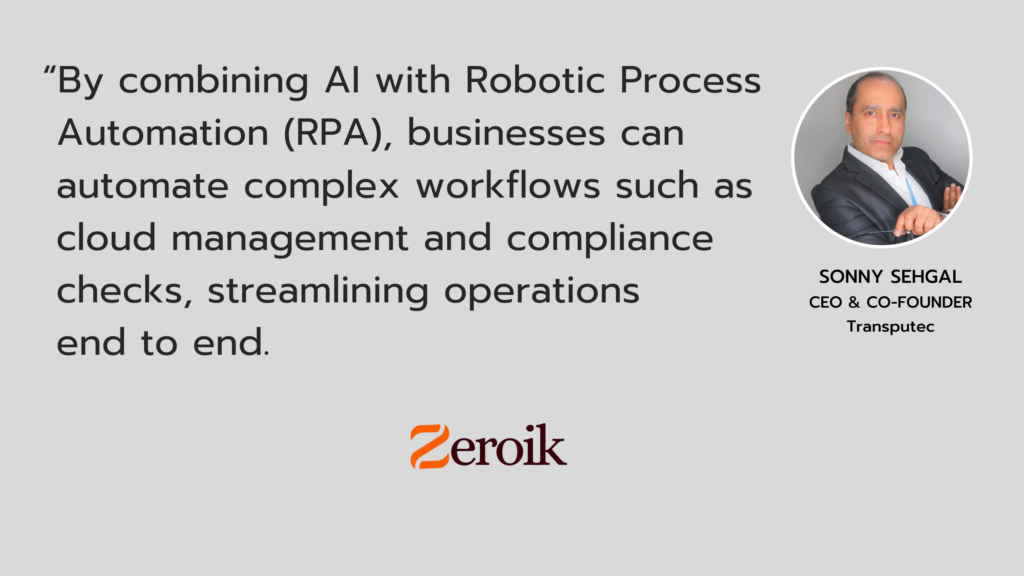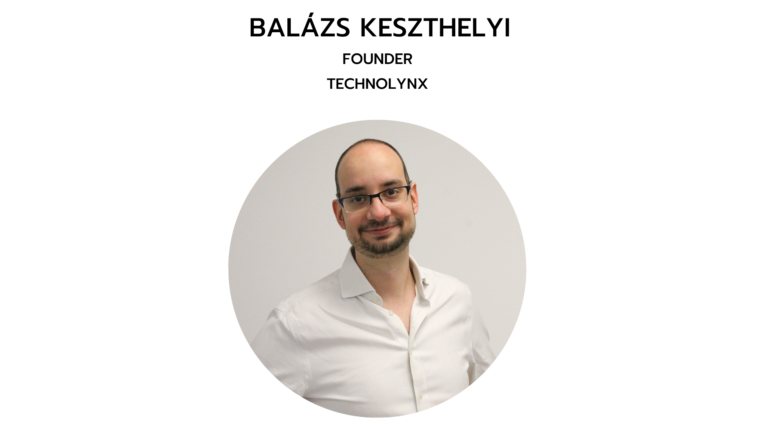Sonny Sehgal, CEO & Co-founder at Transputec, shares how AI is transforming IT service management by enabling faster, smarter support across industries. From automated ticket routing to predictive maintenance and 24/7 chatbots, AI is slashing downtime and boosting productivity. Transputec’s AI tools, for example, have helped clients cut ticket resolution times by 35% and reduce after-hours escalations by 40%. Sonny also highlights challenges like legacy systems and data quality but emphasizes that with the right strategy, integration can be smooth and scalable. Looking ahead, innovations like hyper-automation and AI-assisted teams promise to revolutionize IT support even further.
In what ways has AI improved the efficiency and effectiveness of IT service management?
AI has been a game-changer for us at Transputec, and I’m proud of how we’ve harnessed its potential to deliver exceptional IT service management and support for our clients. For instance:
Automated ticket routing: Our AI systems intelligently classify and prioritise support requests based on urgency and complexity. This has reduced resolution times significantly, ensuring critical issues are addressed promptly. One example is a retail client whose ticket resolution time dropped by 35% after implementing our AI-driven routing system.
Predictive maintenance: By analysing historical data, AI helps us predict hardware failures before they occur. For example, one of our clients avoided 12 hours of server downtime monthly by proactively replacing drives flagged by our predictive analytics tools.
Chatbots: Our AI-powered virtual assistant handles around 70% of routine queries, such as password resets or software installations. This frees up our team to focus on strategic initiatives, enhancing overall productivity.
How do you leverage AI to strengthen cybersecurity within IT support services?
As we harness AI to enhance cybersecurity at Transputec, AI has revolutionised threat detection and incident response, allowing us to identify anomalies in real time and minimise damage from breaches. However, AI also introduces new risks—like AI-powered cyberattacks, data poisoning, and deepfake technology—that we must address proactively.
At Transputec, we mitigate these risks by continuously monitoring AI systems, ensuring human oversight, and protecting data integrity. While AI can be a double-edged sword, we remain committed to leveraging it responsibly to safeguard our clients in an increasingly complex digital landscape.
How has AI-driven IT support helped businesses reduce downtime and improve productivity?
We have seen first hand how AI transforms IT support from reactive to proactive, significantly reducing downtime and enhancing productivity. For instance:
Predictive Analytics: Staying Ahead of Issues
AI’s predictive power is a game-changer. For instance, we used AI to analyse network traffic patterns for a logistics client. During peak delivery times, AI flagged potential congestion, allowing us to make pre-emptive adjustments that avoided costly delays. This proactive approach not only saved time but also ensured smoother operations.
24/7 Support: Always Available
Our AI-driven chatbots provide instant support around the clock, ensuring that employees and customers get help whenever they need it. One client reported a remarkable 40% reduction in after-hours escalations, thanks to our chatbots handling routine queries efficiently. This means uninterrupted operations and a significant boost in overall productivity.
By leveraging AI, we empower businesses to stay ahead of potential issues, reducing downtime and improving efficiency across the board. It’s not just about fixing problems; it’s about preventing them from happening in the first place.

What are the biggest challenges in adopting AI for managed IT support, and how do you overcome them?
Adopting AI comes with its own set of hurdles, but at Transputec, we’ve found effective ways to tackle them:
Data Quality Issues: AI relies on clean, structured data to function effectively. Many businesses struggle with unorganised or incomplete datasets. We work closely with our clients to audit and prepare their data before deploying AI solutions, ensuring accuracy and reliability.
Integration with Legacy Systems: Older infrastructures can make AI adoption tricky. For example, with a financial services client, we introduced AI capabilities gradually, starting with non-critical workflows. This approach built confidence in the technology while minimising disruptions.
Change Resistance: Employees often worry that AI will replace their roles. We address this through open communication and training programs, showing teams how AI enhances their work rather than replacing them.
By focusing on collaboration and tailored solutions, we help businesses overcome these challenges and unlock the full potential of AI in IT support.
What factors do you consider when integrating AI into an organization’s existing IT infrastructure?
We focus on making AI integration smooth and effective by prioritising two key areas:
Scalability: AI solutions need to grow with the business. Our modular approach ensures clients can expand capabilities as needed without overhauling their systems. For example, we helped a client scale their AI-driven ticketing system to handle increased customer queries during peak seasons seamlessly.
Compatibility: AI must work effortlessly with existing tools. Using APIs, we ensure smooth integration without disrupting workflows. Recently, we integrated an AI-powered ticketing system into a client’s CRM platform, enabling faster response times without any downtime or interruptions.
By focusing on scalability and compatibility, we ensure AI solutions are tailored to meet business needs while enhancing efficiency and productivity.
What future AI-driven innovations do you believe will have the greatest impact on IT support services?
The future of AI in IT support is incredibly exciting, with innovations that promise to transform how businesses operate. At Transputec, we’re already exploring these advancements:
Hyper-Automation: By combining AI with Robotic Process Automation (RPA), we can automate complex workflows like cloud management and compliance checks, streamlining operations end-to-end.
AI-Assisted Human Teams: Tools like AI-powered augmented reality guides will help technicians resolve issues faster and more accurately, enhancing collaboration between humans and AI.
AI isn’t just about efficiency—it’s about empowering businesses to thrive in a digital-first world.






